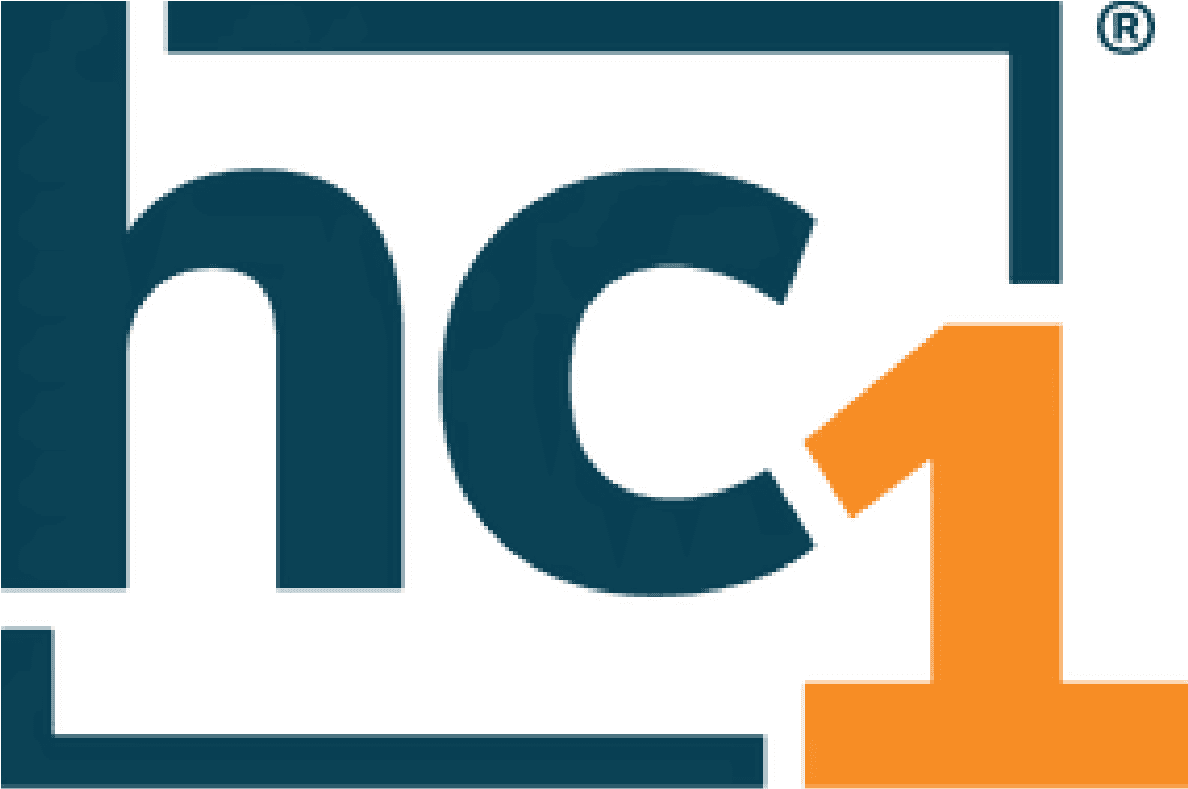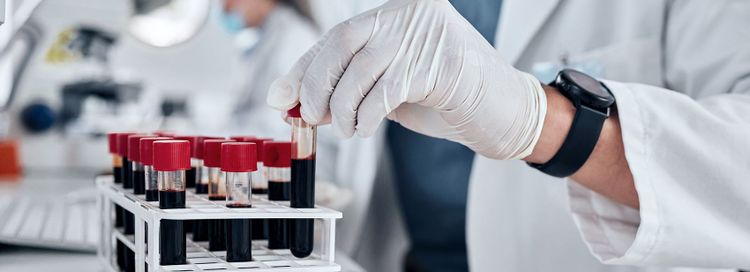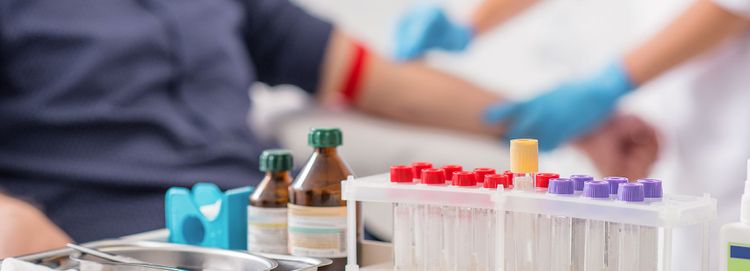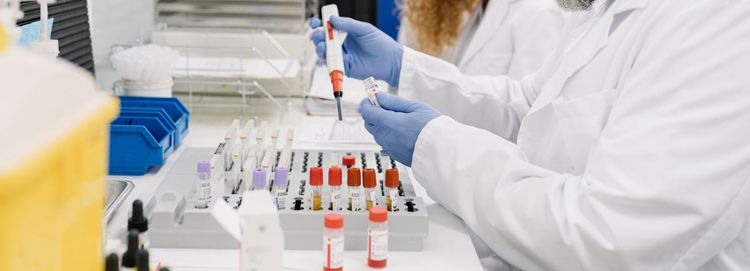August 9, 2021
In the August 2021 issue of Practical Laboratory Medicine (PLM), clinical leaders from hc1 (Diane Janowiak, MT(ASCP) and Wesley B. Wong, MMM, MD) and Quest Diagnostics (Lee H. Hilborne, MD, MPH and Terra White, Ph.D.) share Strategies for Laboratory Professionals to Drive Laboratory Stewardship.
Focusing on the evolution of effective test utilization and implementation of lab stewardship as a leadership strategy to assure effective test use, they write that “implementing a laboratory stewardship program now presents a valuable opportunity for laboratory professionals to exercise leadership within health systems and to drive change toward realizing aims in healthcare.”
When structured and supported well, a lab stewardship program will organize and guide optimal, patient-centric lab testing. Estimates project that health systems can reduce costs up to $5 billion per year by eliminating redundant tests. Even more savings, and patient satisfaction, can be realized through increasing the use of appropriate tests that diagnose diseases early when treatment can be more effective.
A proposed framework
The authors propose a framework for program implementation that includes five key elements: 1) a clear vision and organizational alignment; 2) appropriate skills for program execution and management; 3) resources to support the program; 4) incentives to motivate participation; and, 5) a plan of action that articulates program objectives and metrics.
Drs. Wong and Hilborne also presented these five elements in May 2021 during a webinar hosted by Dark Daily offering Strategies for Laboratory Professionals to Drive Lab Stewardship to Reduce Cost, Eliminate Waste, and Improve Patient Care.
“This framework builds upon principles of change management, with emphasis on engagement with clinical and administrative stakeholders and the use of clinical data as the basis for change,” the authors wrote in PLM. “These strategies enable laboratory professionals to cultivate organizational support for improving laboratory use and take a leading role in providing high-quality patient care.”
A practical example
As an example of their framework in practice, the authors offer a case study featuring an 800-bed, three-hospital system in a metropolitan midwestern region with 17 ambulatory practices and four ambulatory surgery centers. The laboratory manager, informed by a conference that presented strategies for lab stewardship, assembled a small group of laboratorians including the laboratory medical director, the head of the clinical chemistry and microbiology sections including lead technologists in each of those sections, and the associate director for ancillary services. Based on their review, they wanted to better understand laboratory testing trends. Their initial action plan included normalizing the data, selecting specific tests for improvement, sharing the plan to attain leadership’s endorsement and identifying other team members.
The team chose to focus initially on thyroid testing and identified two target areas: 1) inappropriate coding for patients with known thyroid disease and 2) ordering multiple thyroid tests for the initial assessment of symptomatic patients. For an initial action, the clinical practices agreed to change their ordering menu to promote effective test utilization. Four months after starting the program, generalist panels (initial encounter for suspected thyroid disease) decreased approximately 70%. Use of the incorrect diagnosis code also decreased and finance reported that third-party payer denials declined by 30%. Following the success with thyroid testing, the team received recognition and committed to expanding their efforts to include the diagnosis and management of diabetes mellitus and chronic kidney disease.
“Opportunities to improve laboratory services exist in every organization,” write the authors. “Some of these opportunities may be unique to a specific organization, while many are common across multiple healthcare systems.”
A starting point
Organizations looking for additional guidance in starting their own lab stewardship programs may find the four developmental stages of lab stewardship that Quest Diagnostics’ Donna Cooper, MS, MBA, and hc1’s Zach Berg define in their PLUGs webinar on Enabling Effective Lab Stewardship Programs helpful. The webinar, they help viewers determine which phase of development their Lab Stewardship program is in and opportunities to advance their Lab Stewardship program, as well as describe the features of the technology needed to support a Lab Stewardship program and multiple intervention methods.
If you are looking for guided support, hc1 and Quest Diagnostics can help. Quest, in partnership with hc1, aims to improve patient care and reduce costs across health systems nationwide by enabling Lab Stewardship programs. By combining professional advisory services with innovative technology, Quest Lab Stewardship powered by hc1 delivers real-time lab utilization insights necessary to progress and support at-scale optimization of laboratory testing.
Watch this informative video or contact us to learn more.
